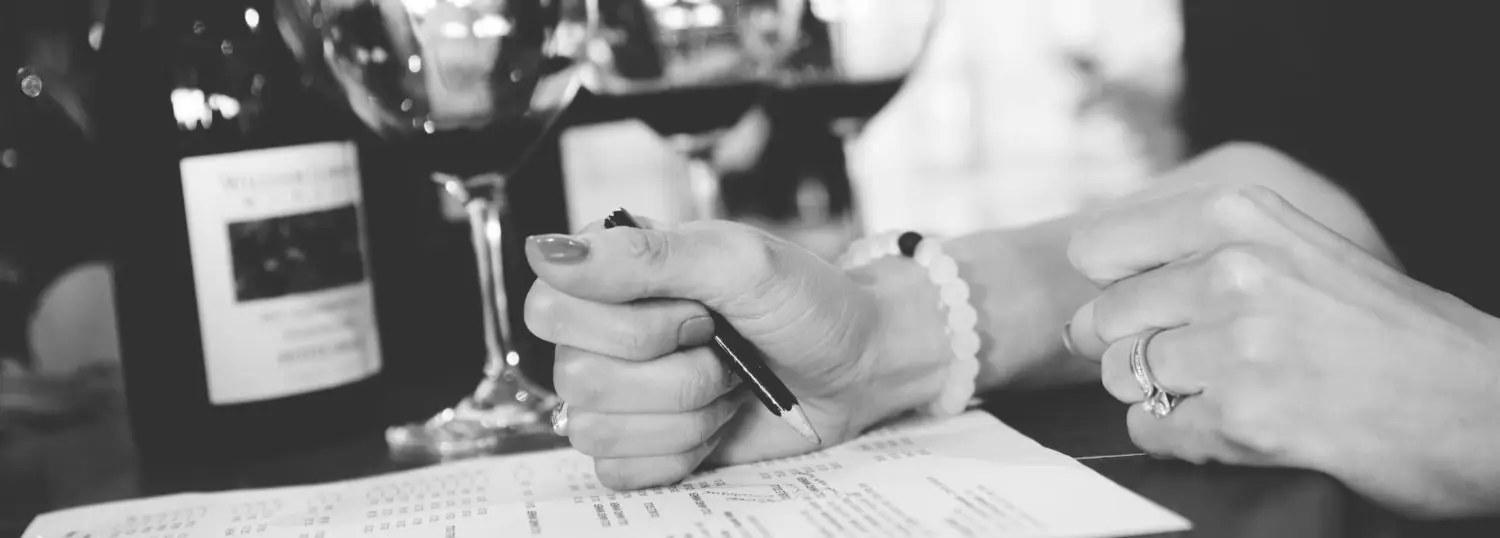Hello and happy last weekend of July. Time flies when you’re drinking wine, eh? That’s why I put together my weekly round up of news-worth wine stories, so we can all play a little catch up during our time off. (Hopefully you’re enjoying some time off.)
There are loads of stories surrounding climate change. I can’t list them all here, but scroll through, there’s enough going on all over the world that even the hardest skeptic should (should) become a believer…
A few other headlines that caught my attention: Randall Grahm’s new project with Gallo (if you have thoughts/opinions on this, would love to hear); the loss of one of Amador county’s founding fathers; and on a lighter note—looks like wine may just be a valuable part of the food pyramid.
#MeToo is far from over, but here’s some progress at least: Batali and Bastianich just settled a major lawsuit following several accusations and CMS America speaks about how it’s shifting toward a safer and more inclusive environment for staff and students alike.
Lastly, with a bit of vein self-promotion, check out two articles published this week: California Zinfandel‘s past, present and future, and my interview with president of Vintage Wine Estates, Terry Wheatley.
That is all for now…scroll, read, have fun. Cheers.

(more…)





